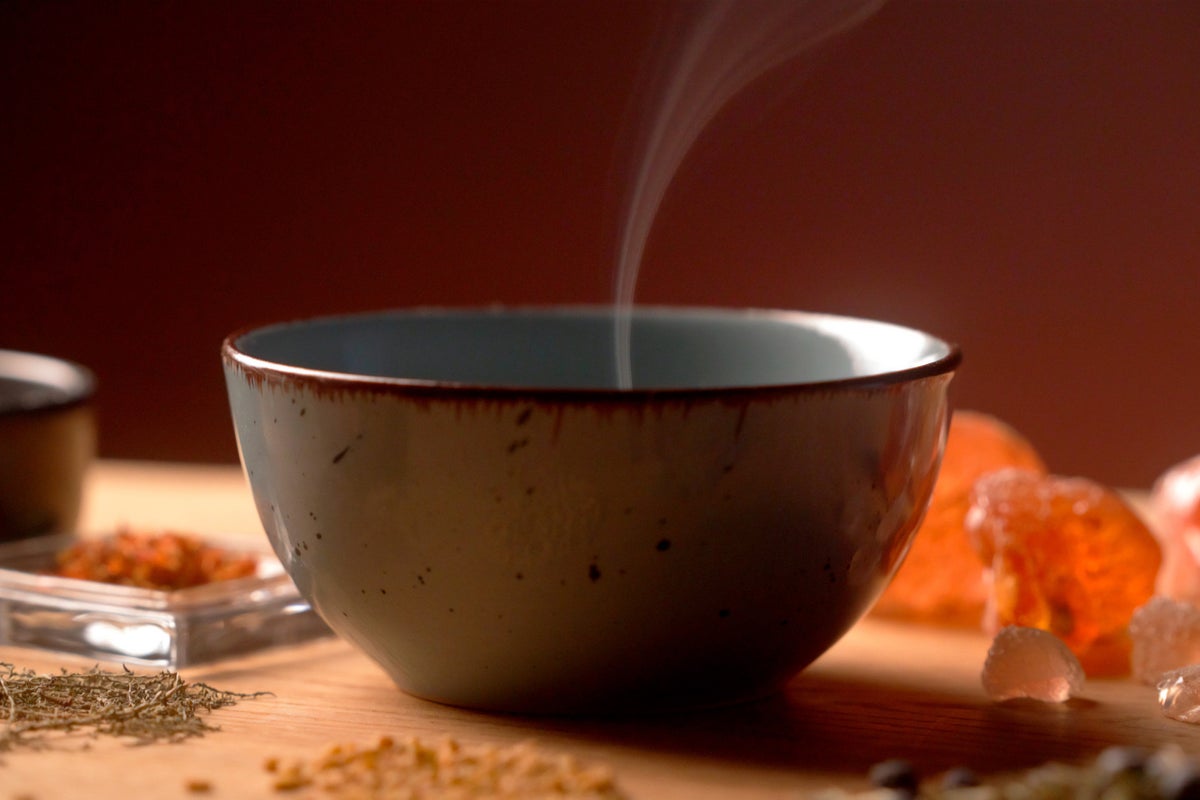
"What's the first thing you notice when you step into a museum? Is it the long-faded colors of ancient artifacts from all around the world or the hushed sounds of visitors discussing what they see? Maybe there's a replica of scratchy old fabric you can touch. Some locations might even offer an edible treat inspired by an ancient recipe. Museums allow us to indirectly experience the past by tapping into our primary sensessight, hearing, taste, touchbut more often than not, smell is missing."
"The frequent absence of scent (not counting the musty tang of many museums) in our study of history has inspired Huber and a growing community of chemists and archaeologists to track down some molecular remnants that can let us smell the past. For example, she created Scent of the Afterlife, a mix of scents that captures the range of smells that would have accompanied mummification processes in ancient Egypt."
Museums commonly present the past through sight, sound, taste and touch, often omitting historical smells. Smell likely played a major role in many past societies and influenced memory and emotion. Archaeochemists and collaborating archaeologists are locating molecular remnants preserved in artifacts and residues to recreate ancient odors. Practical reconstructions include blends like a scent representing mummification processes in ancient Egypt. Interdisciplinary work, compiled in collections such as Scents of Arabia, advances methods for detecting, analyzing and reconstituting olfactory compounds. Reconstructing historical scents can enrich interpretation of cultural practices and lived experiences.
Read at www.scientificamerican.com
Unable to calculate read time
Collection
[
|
...
]